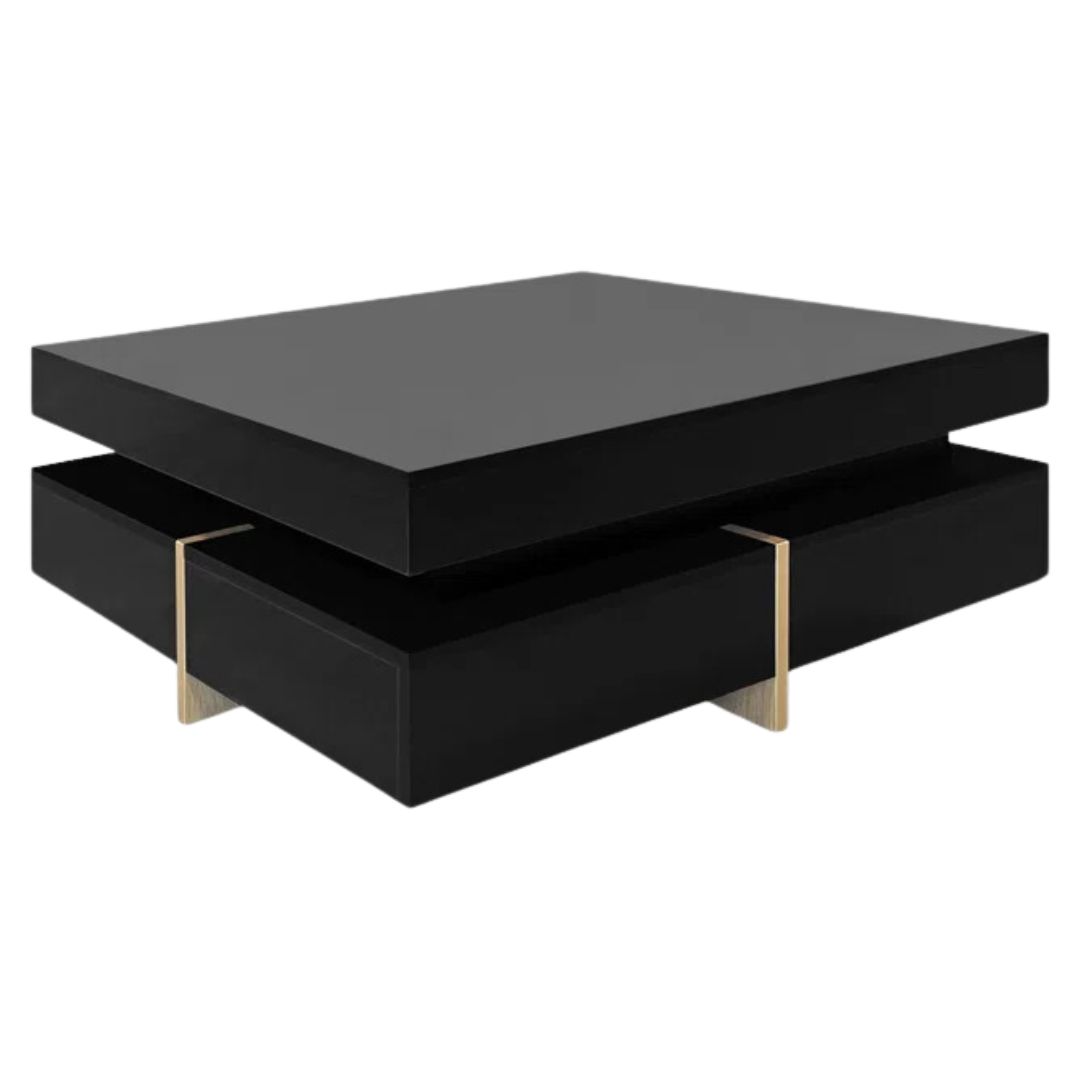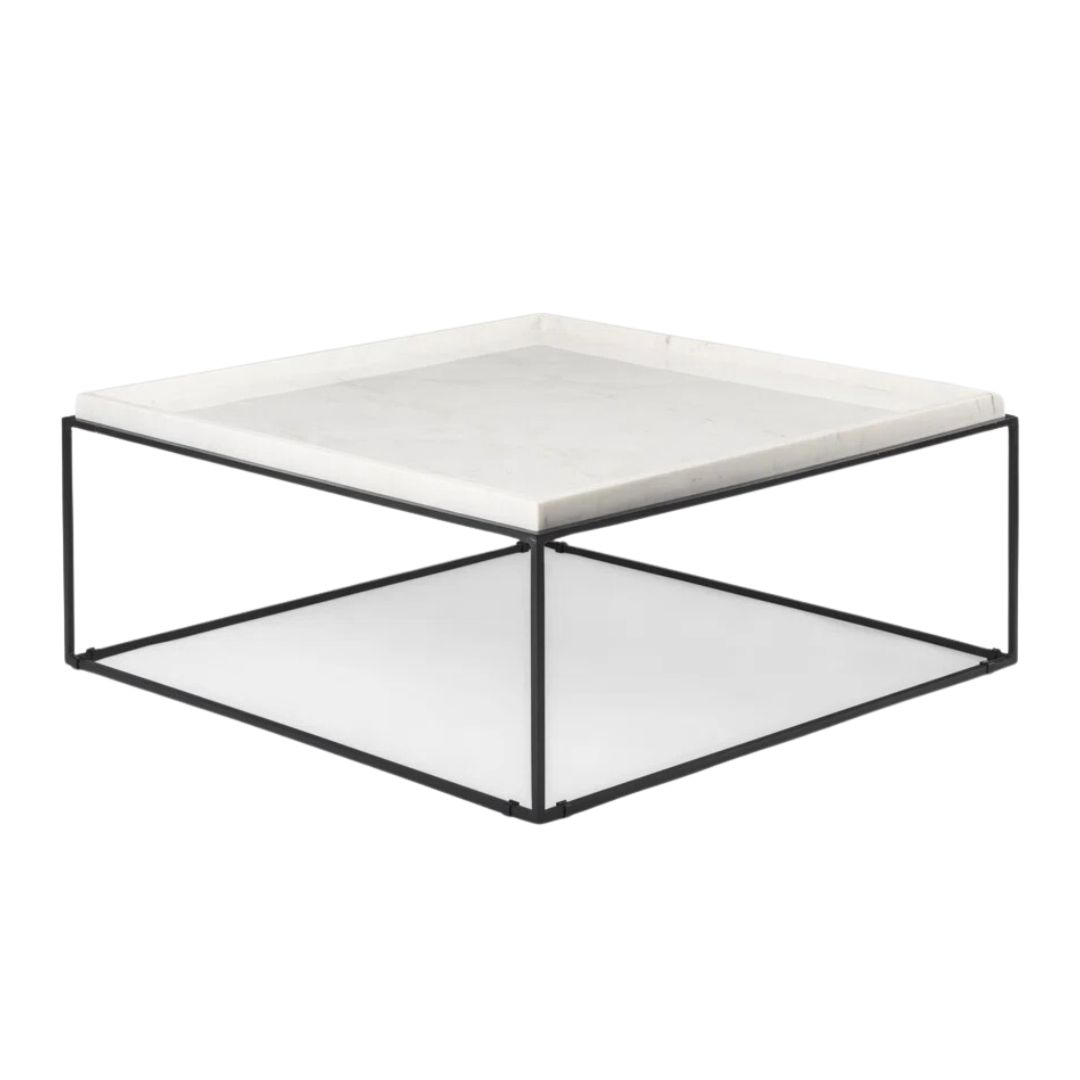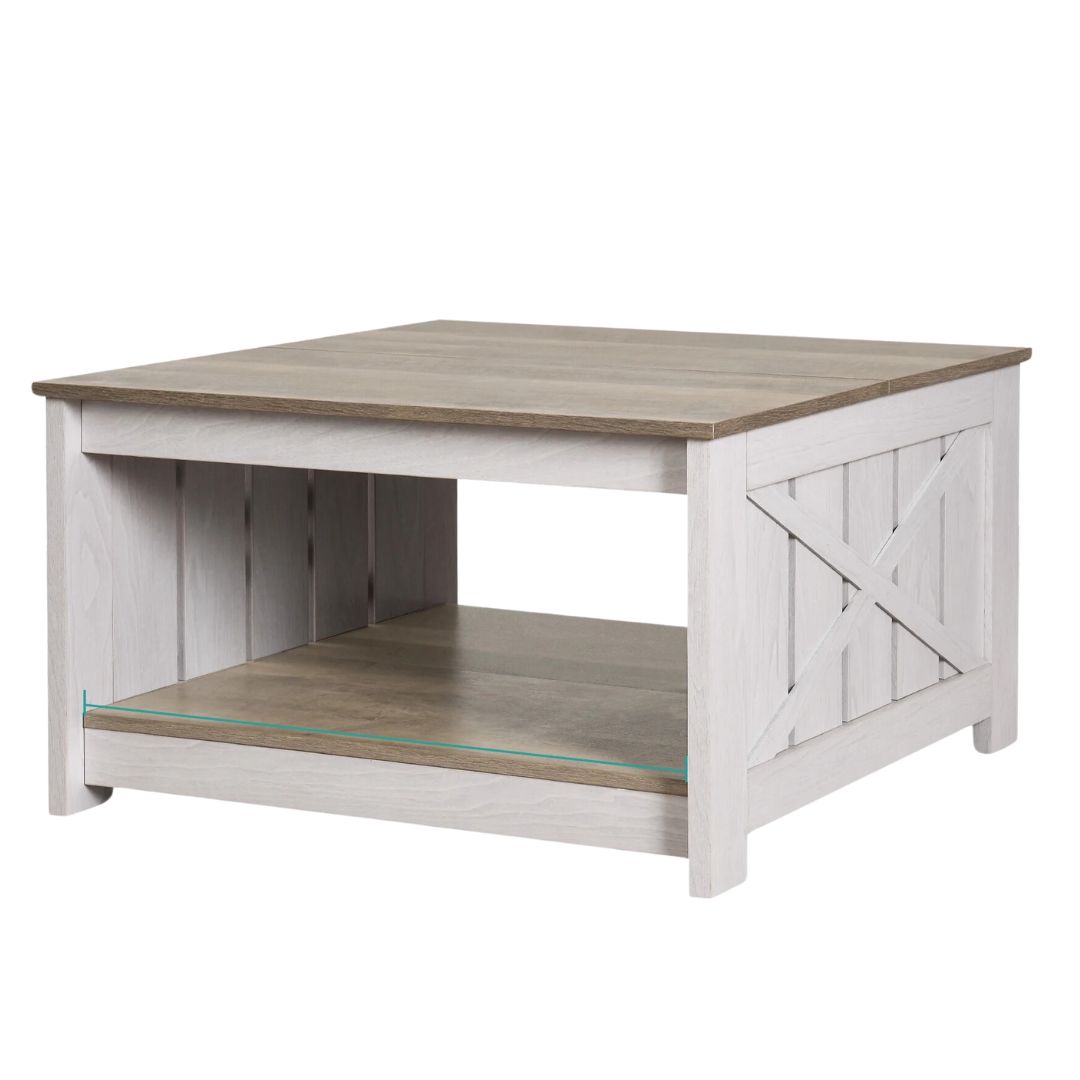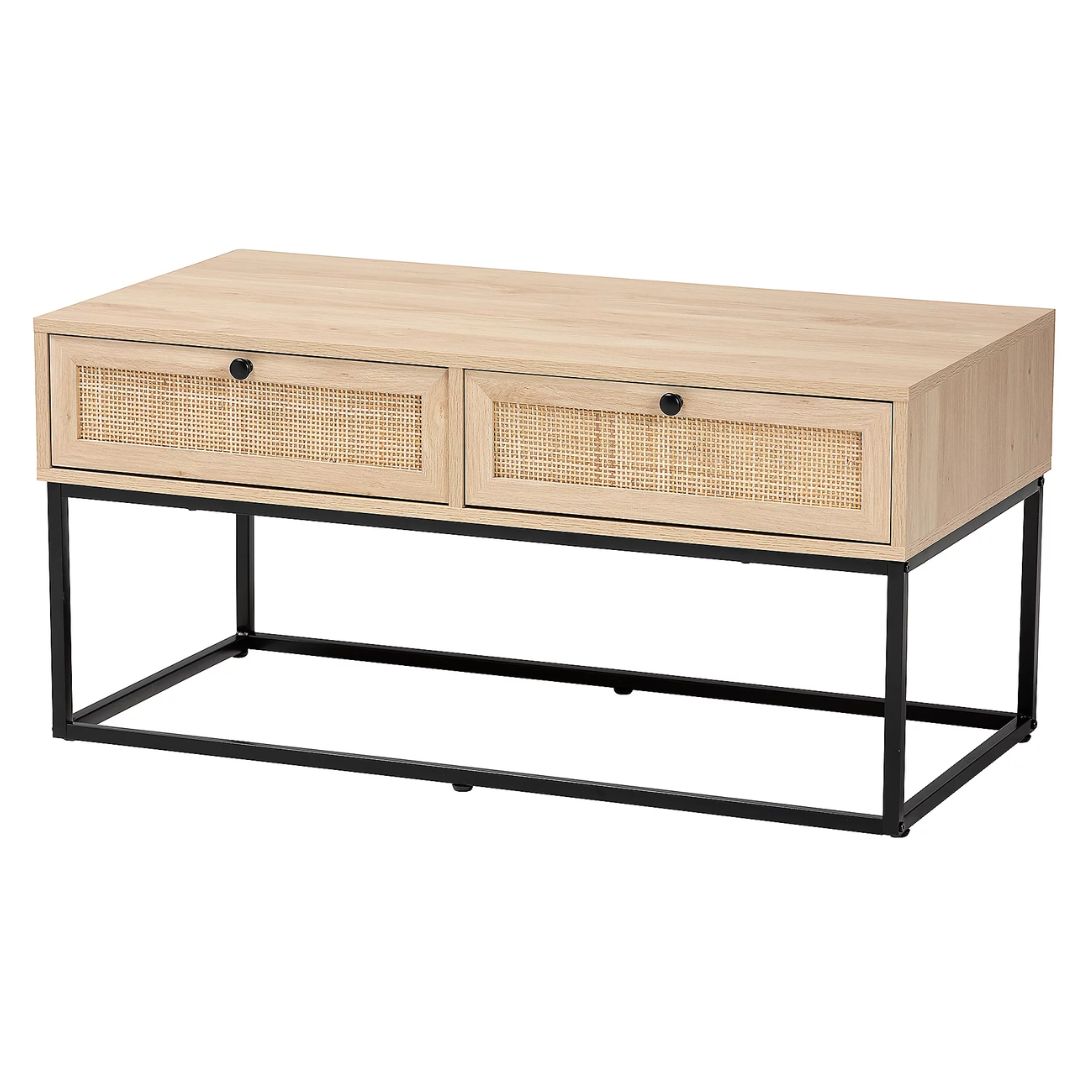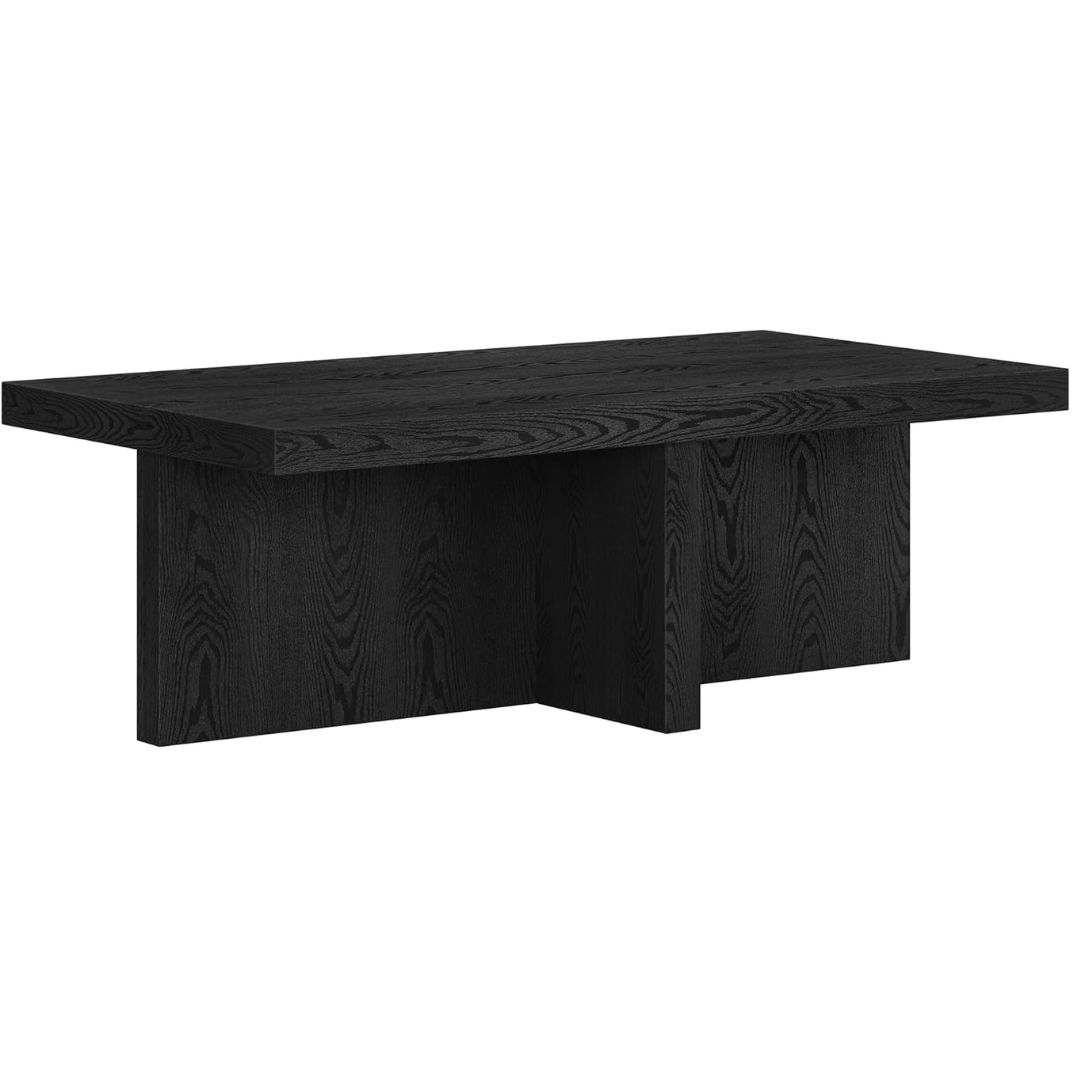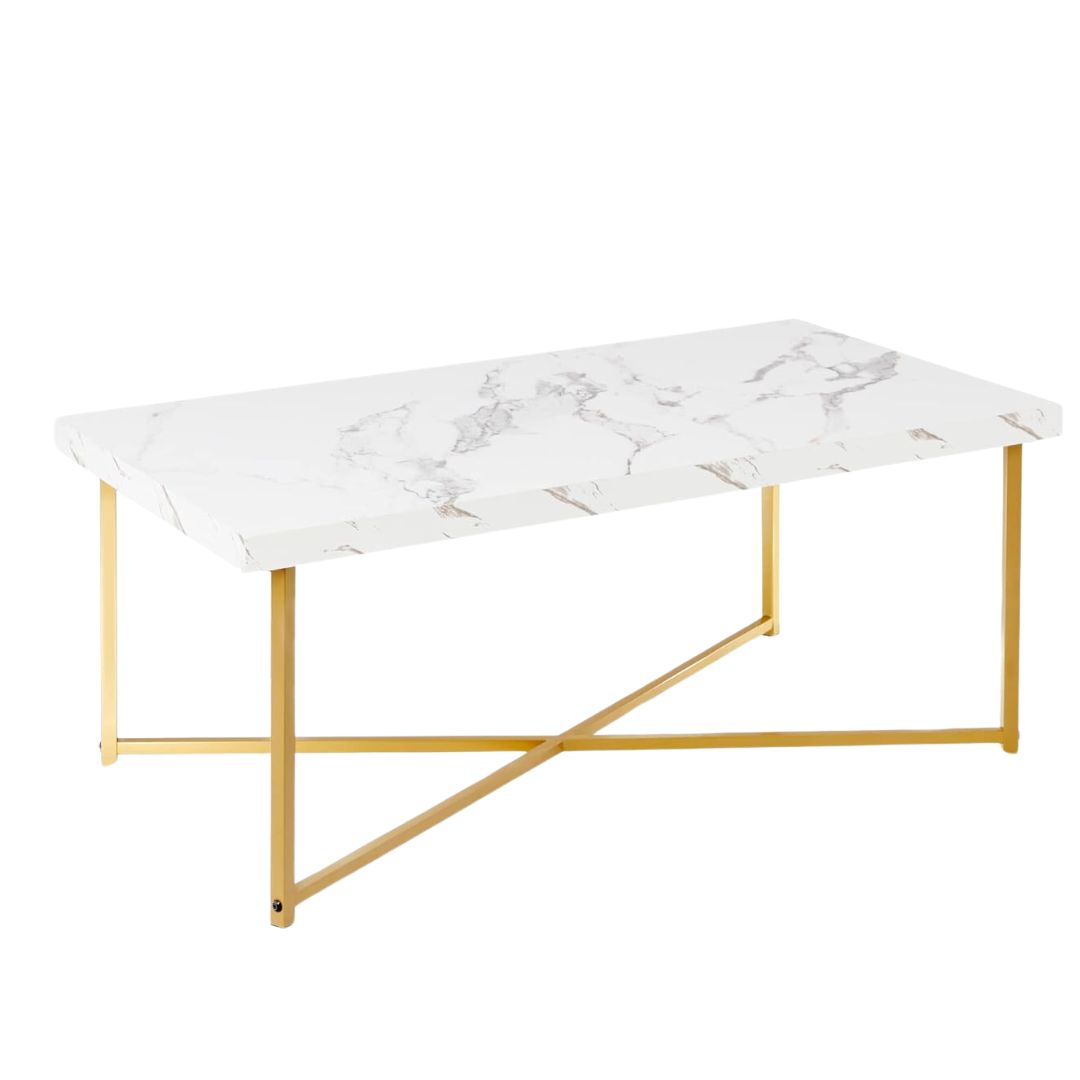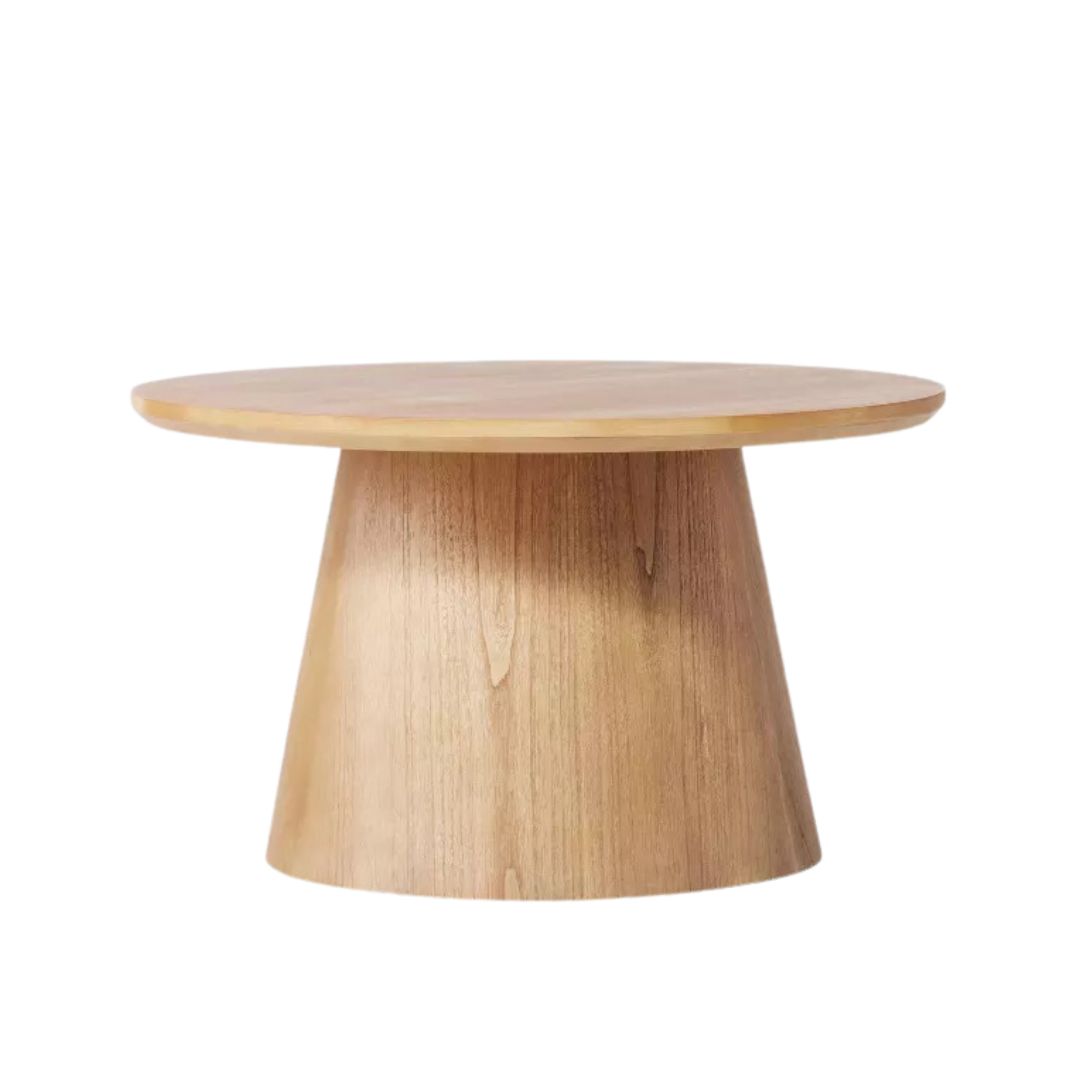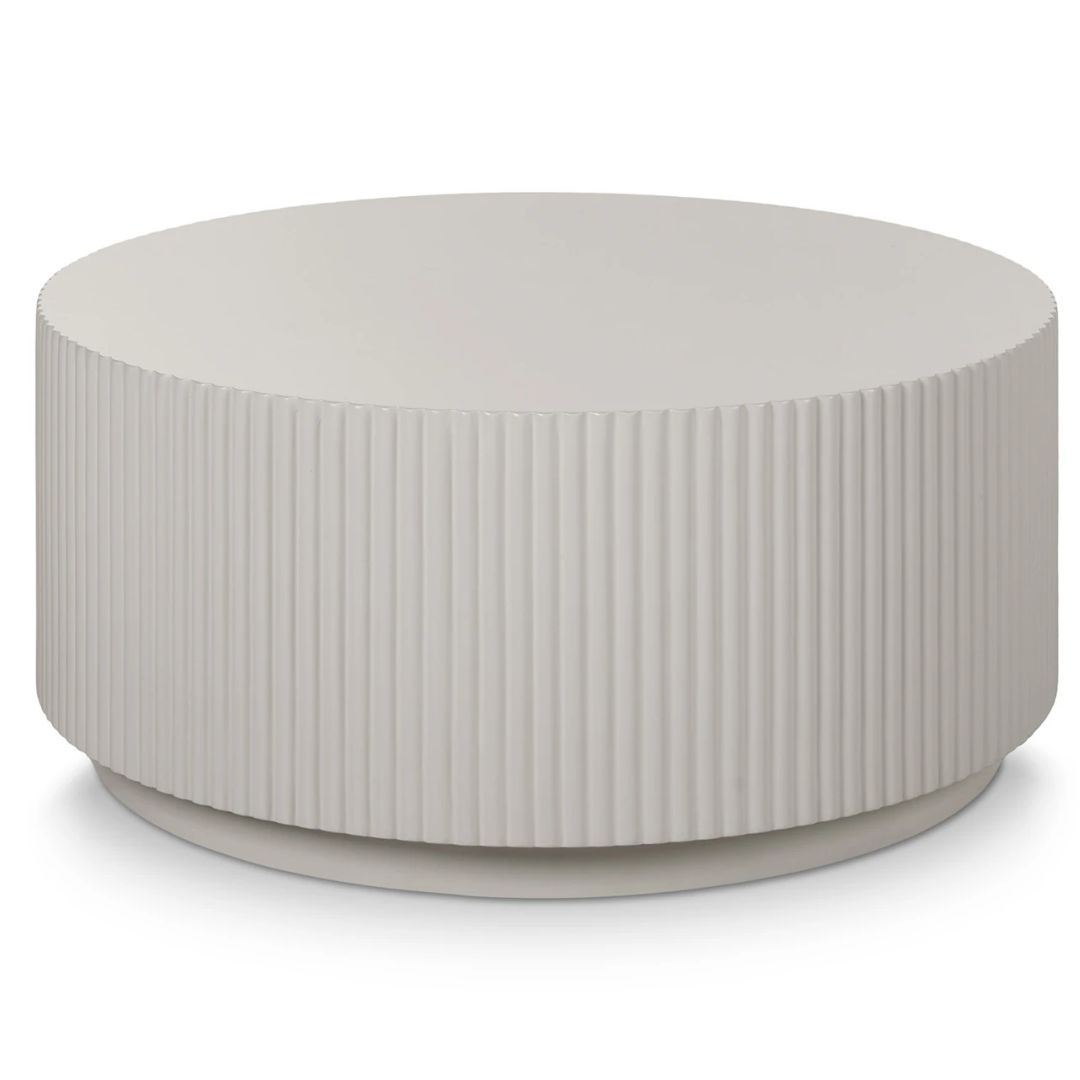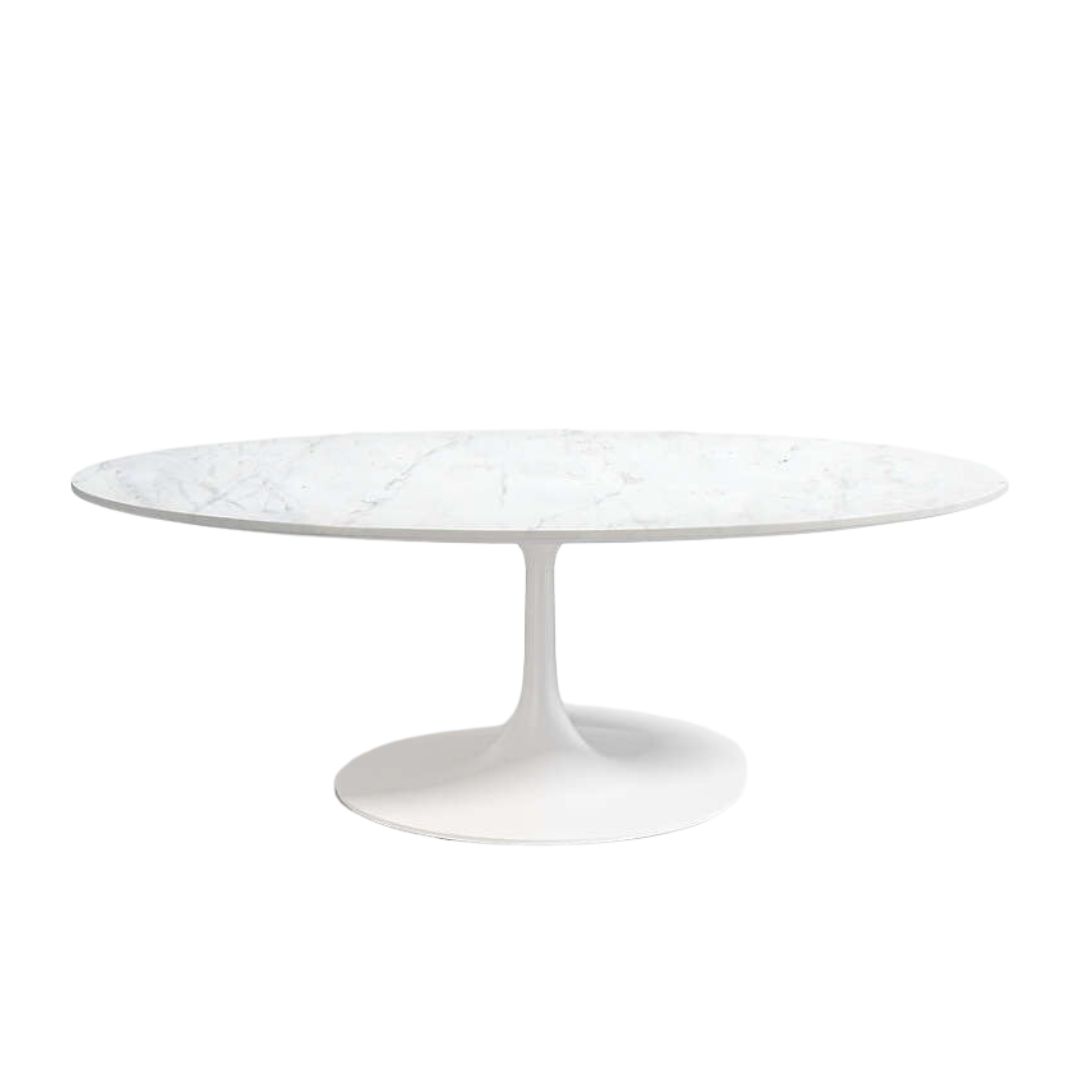Round or Square Coffee Table — Which is Best for My Living Room? Designers on How to Pick
While both look great, you need to match the right layout with the right coffee table, say design experts
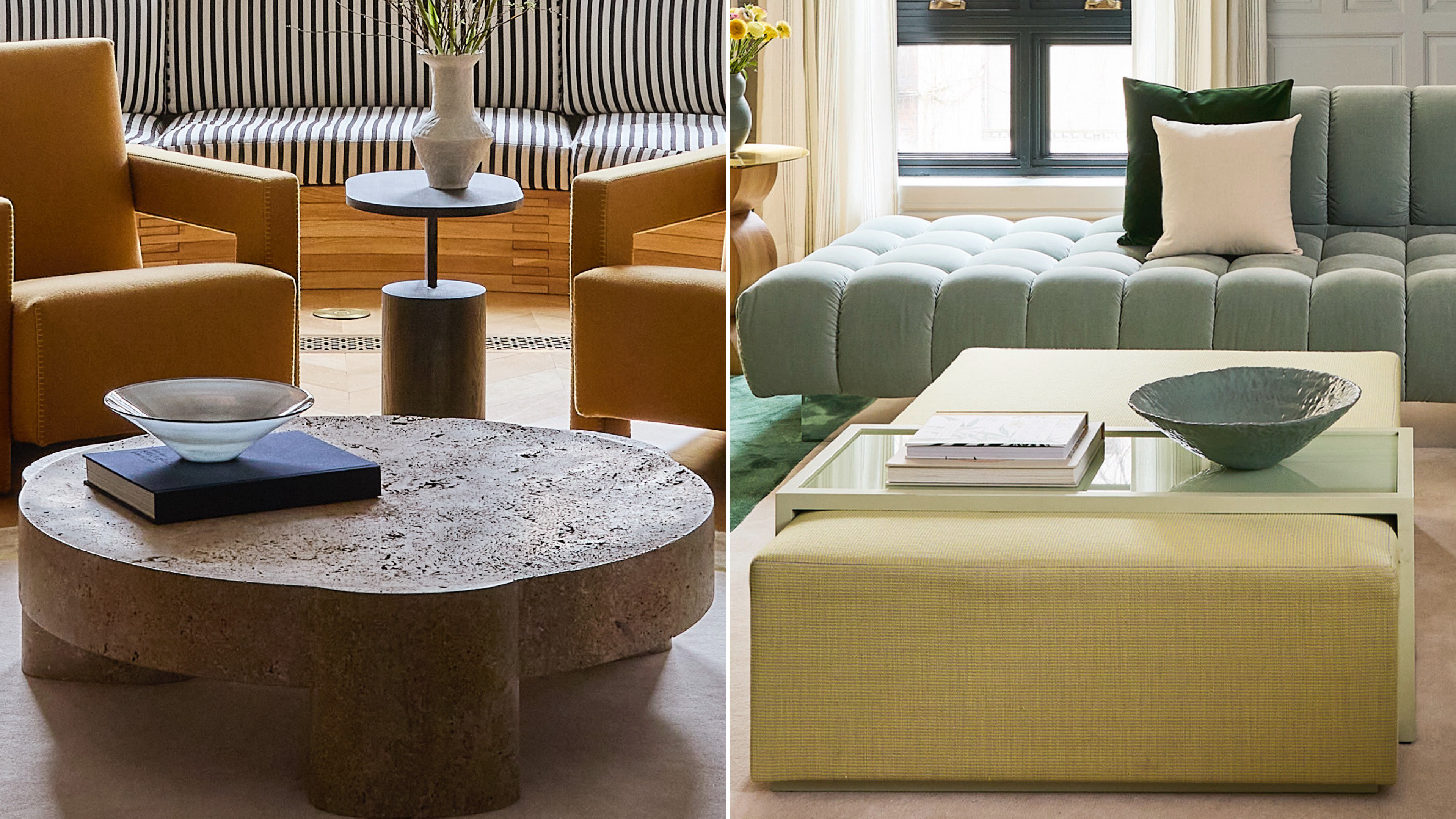

Round coffee tables, square coffee tables, it's a matter of preference, right? Absolutely, but if you don't have a preference either way, there's a way to decide on which best suits your living room.
Square, round, or even rectangular coffee tables can change the look, feel and even functionality of your living space. These pieces usually anchor the furniture layout and also help make it a more practical space, allowing for pieces like remotes, coffee cups, and coasters to be stored in one place. Also, square or round coffee tables can become the focal point of the room, making the space feel better decorated. So, how can you choose which one fits the bill the best?
There is no strict rule regarding the shape of this important piece but there are certain pros and cons to both. Look at this guide and find out which works best for you.
Is it better to choose a round or square coffee table?
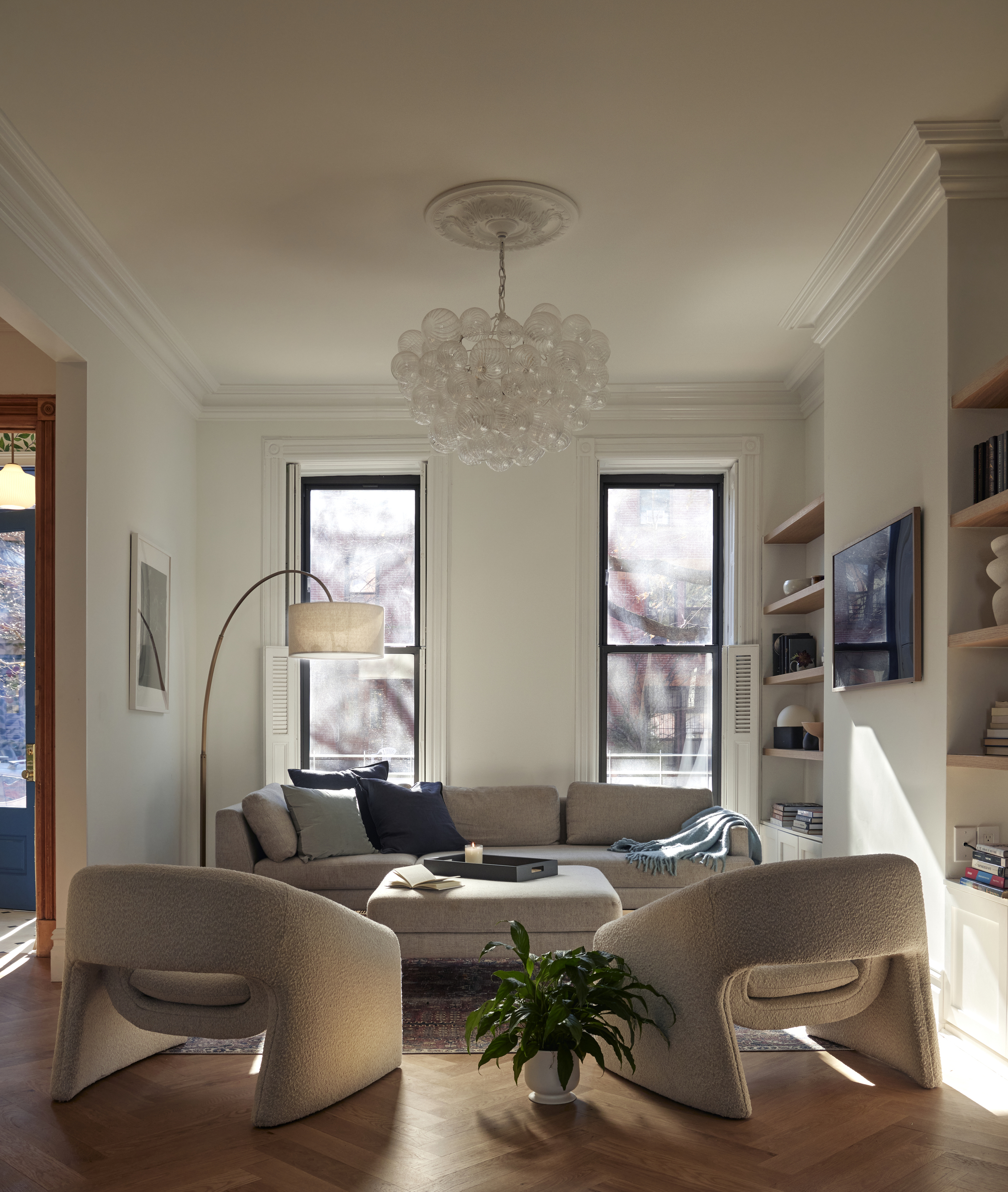
There is no wrong or right choice. Whether you have chosen a rectangular coffee table or, a square or round coffee table for your living room, all shapes can work fine as long as you've taken the room's shape, dimensions, and your needs into consideration.
Generally, round coffee tables are a more traditional option and are better suited to smaller spaces. But usually, these designs are available with glass tops so they can be slightly more delicate to use. Square and rectangular coffee tables are also a little more common,
but these fit into a more angular layout and are usually sturdier if made of wood or metal.
"Curves are trending right now," declares Erin Coren of Curated Nest. "Round coffee tables are a fun way to bring in this trend. They add softness, a feeling of coziness, and clean, modern lines."
Does the size of the room matter?

It's all about analyzing your living room furniture, the shape of the space, the placement of the table and your lifestyle needs.
The Livingetc newsletters are your inside source for what’s shaping interiors now - and what’s next. Discover trend forecasts, smart style ideas, and curated shopping inspiration that brings design to life. Subscribe today and stay ahead of the curve.
"Selecting between a square coffee table vs a round one involves balancing functional needs with spatial dynamics," advises interior designer Nishtha Vashist. "Round tables are excellent for smaller or irregularly shaped rooms, as they promote a more fluid and open feel. Technically, their shape facilitates smoother movement around the table, reducing sharp corners and enhancing safety in high-traffic areas. They also work well in creating a cozy, conversational layout."
"If you have a small living room, go for a modern coffee table in a round shape as it will help maximize space," adds Jane Lockhart, founder of Jane Lockhart Design. "With limited space, a rounded coffee table will open the flow of the room and is easier to navigate without bumping your shins as you shimmy past."
"A round coffee table may be the perfect addition to an open-plan living room with a rectangular dining table," says Alla Yaskovets of O&A London. "This is because it adds a softness to the sharp edges of the surrounding furniture, making for a more inviting atmosphere."
How does your choice affect the interior design?
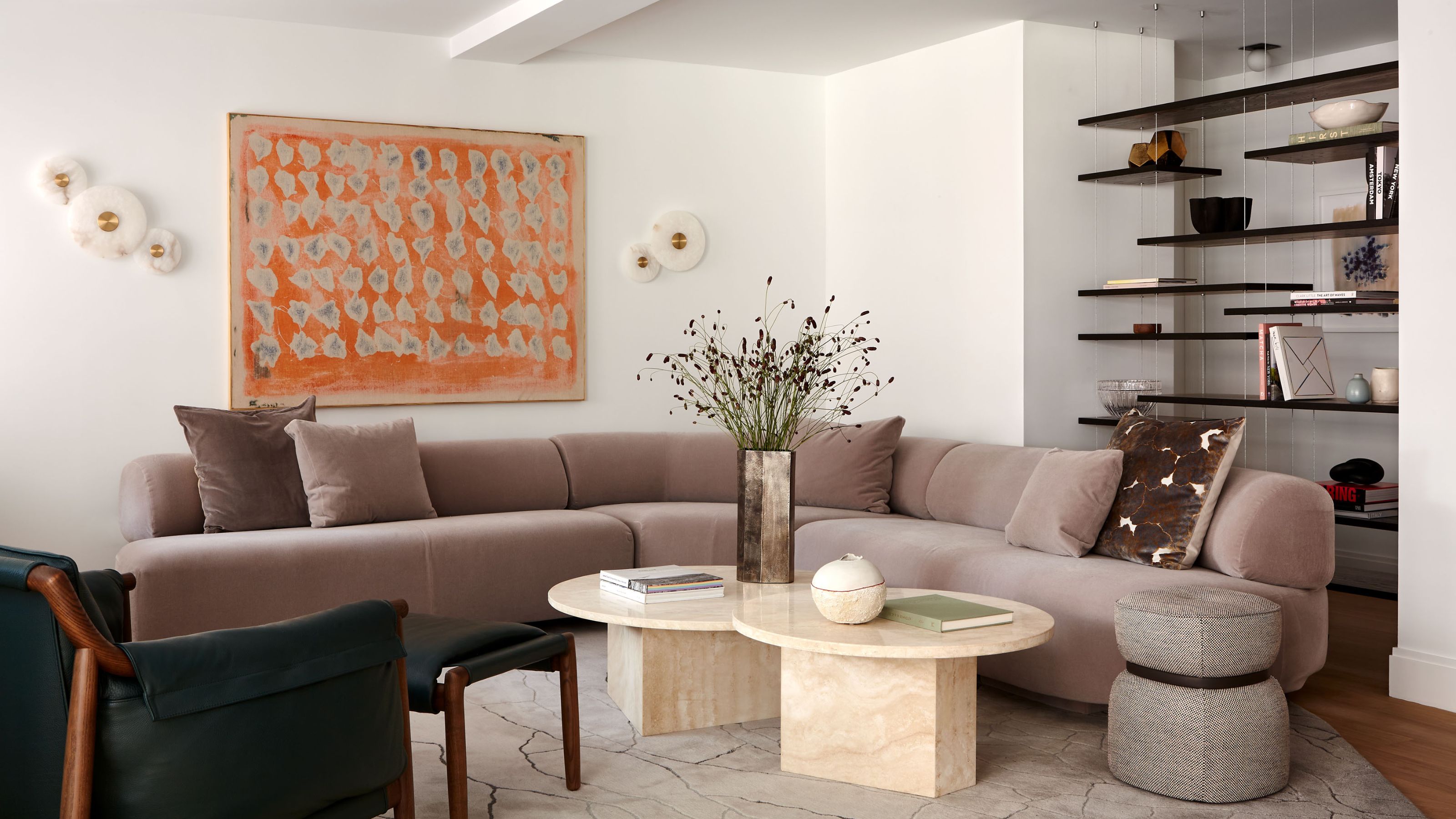
Your coffee table can affect the look and mood of your interiors. From a mid-century look, to a cozy minimalist living room, a round or square coffee table can change the way your interiors look. Round tables are usually considered more modern while the square or rectangular coffee tables are considered more traditional.
"Rectangular coffee tables are ideal for larger spaces where they can define the area more distinctly," says Nishtha. "They offer a greater surface area, which can be advantageous for entertaining or displaying items."
"Curves not only add architectural interest and diversity to a room but also something unexpected," says Ginger Curtis of Urbanology Designs. "We are often used to clean lines and right angles, being thrown a curve ball is not always a bad thing."
Your coffee table size is also of utmost importance. "A good rule of thumb for coffee table size is to select a coffee table roughly half the length of your couch,' says Alla. "For example, the length of the Ocean sofa [above] by Liaigre is 94 inches, whereas the diameter of the Tudor coffee table by Holly Hunt is 48 inches."
Pros and Cons
What are the pros and cons of square coffee tables?

Generally, square or rectangular coffee tables are more easily found online or at retail stores and are considered versatile, ideal for a variety of spaces, whether it's a small living room or a large one.
Pros: "Square tables have a beautiful symmetry, allowing you to style the table in four quadrants to tell a compelling design story,' says Jane. These pieces are also flexible, meaning they can be used in the bedroom, dining room or even the home office. They're small so they can be fit into tight spaces, and their shape allows them to be easily matched with other shapes of furniture. It's also easier to find matching side tables for square coffee tables as compared to round ones.
Cons: "Square coffee tables can take up more space, not allowing for an open flow through your space," says Jane. Some of these tables also have sharp edges making them dangerous if you have toddlers or senior citizens in the house. This shape is not perfectly suited to rooms with an awkward layout.
What are the pros and cons of rectangular coffee tables?
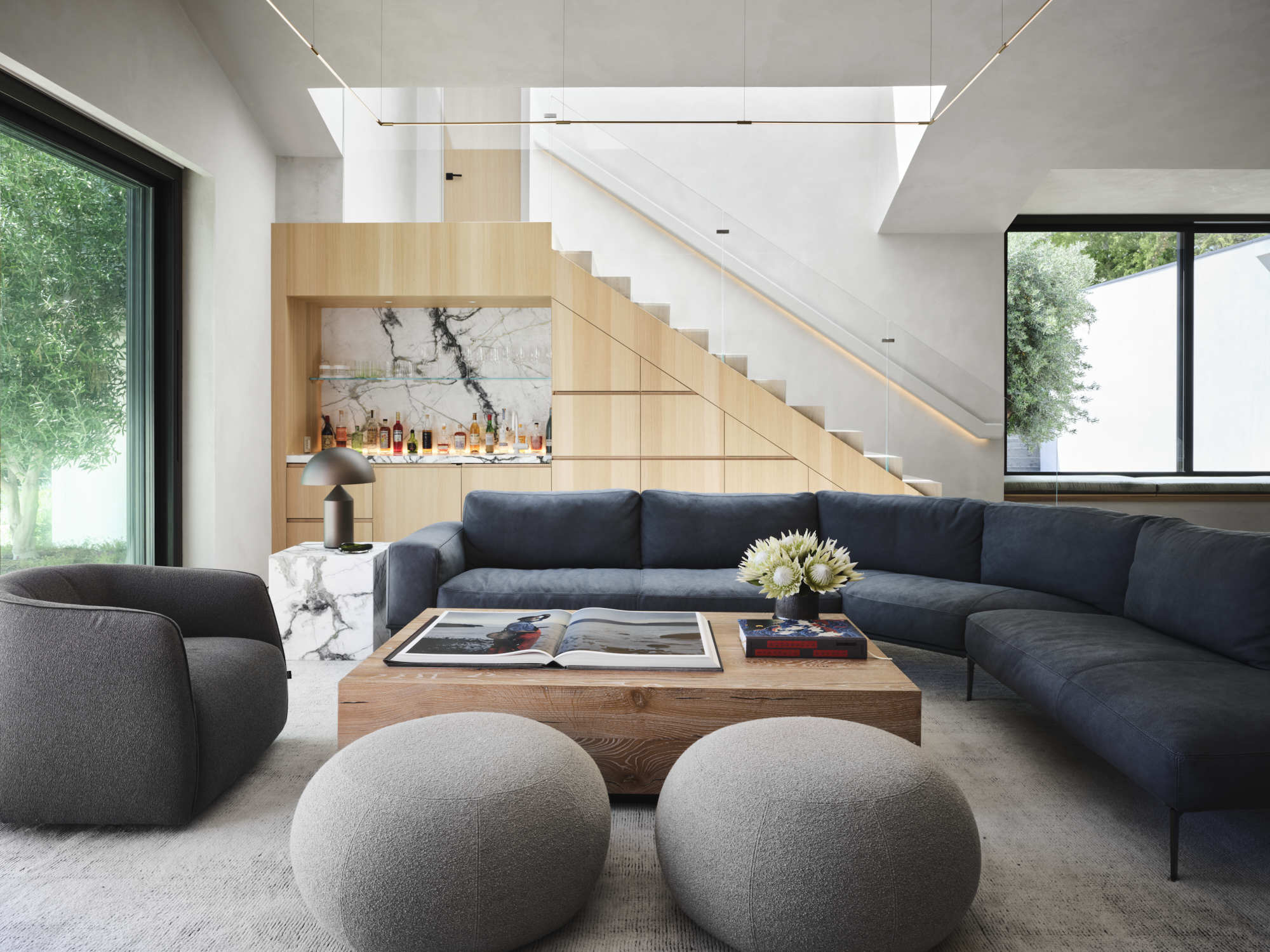
Usually, large, elegant living rooms do well with a rectangular coffee table. These look grand, and can help keep the room's clutter at bay.
Pros: A rectangular coffee table's biggest pro is its surface area: it offers space for books, magazines, decorative objects, and, of course, your coffee mug. Plus there are so many ways to style a rectangular coffee table. Its elongated shape complements large sofas, creating a balanced aesthetic.
Cons: This shape can feel overwhelming in a small room as it impedes traffic and can make the layout of the room feel imbalanced. It can also hamper the conversation flow, as people seated at the ends might feel disconnected from those in the middle.
What are the pros and cons of round coffee tables?

Not only do round coffee tables look good, they also aid in the flow of traffic and are great additions to a space. Plus, it's easy to decorate a round coffee table.
Pros: "From a technical standpoint, round coffee tables help organize and segment larger rooms, providing a clear focal point and complementing the linear arrangement of sectional sofas or long furniture pieces," says Nishtha. "These pieces excel in fitting into smaller or awkward spaces, effectively balancing the room’s visual appeal. Their shape can help in making compact areas feel more spacious and harmonious. Their lack of sharp edges makes them safe. Technically, round tables contribute to a softer, more organic visual flow in a room. They provide a smooth transition between furniture pieces and help in achieving a more inviting atmosphere."
Cons: "Round tables generally offer less surface space than their rectangular counterparts, which can be a drawback if you often entertain or need extensive display areas,' shares Nishtha. "In rectangular or square rooms, round tables can sometimes disrupt the spatial harmony. Their shape might not align seamlessly with other furniture, requiring careful placement to ensure a cohesive layout. The shape can limit how other pieces are arranged around them. Unlike rectangular tables, which align neatly with the room’s edges, round tables require more thoughtful consideration to maintain an effective and functional arrangement."
FAQs
Is a round or square coffee table better for a sectional?

Surprisingly, both work well. The thing to keep in mind however is the size, shape, and style of the living room sectional. Rectangular tables can match the long lines of a L-shaped sofa and create a more streamlined look. And, they provide a lot of surface for to prop drinks, snacks, and books.
A round table on the other hand will break the monotony of straight lines in the room and add curves. Plus, if it's a tiny living room, the round or oval shape will fit in best and allow users to walk around the table with ease. Also, round tables work great in more contemporary or eclectic living rooms. Ultimately, it also depends on the aesthetics you want to create.
Is a round coffee table best for a small living room?
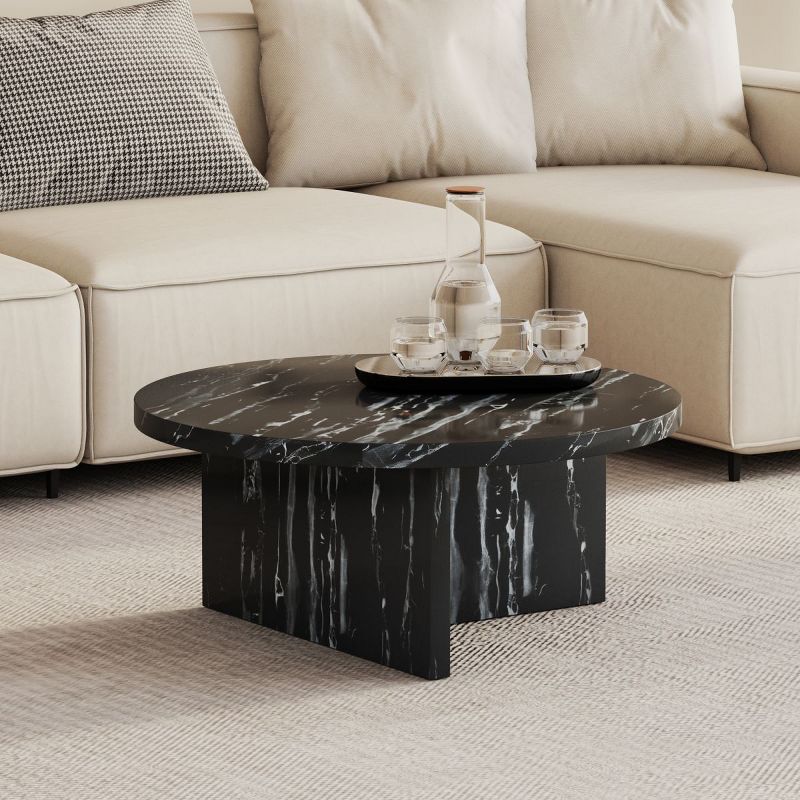
Usually, a big coffee table trend has been to use round shapes in smaller living rooms. And while this rule isn't set in stone, aesthetically and practically it's best to choose curved tables. That's because these take up less space, do not have sharp corners that could lead to accidents in a tight area, and allow for easier traffic flow around a room.
"If there's any issue with the size of the space at all, I will steer clients towards a round coffee table," says Bethany Adams of Bethany Adams Interiors. "I always say, your shins will thank you later."
The Verdict
Practically speaking, all options work between round or rectangle coffee table, or a round or square coffee table.. It truly depends on the size of the room, its traffic, the layout, and the look you want to create.
Having said that, many experts do feel more drawn to circular tables, as the roundness subconsciously feels more welcoming. "Round coffee tables are my preference versus a square one," says Andi Morse of Morse Design. "Round coffee tables have softer lines, are not as structured, and provide more legroom in most instances."
But the choice is up to you, use this advice, and go with your gut.

Aditi Sharma Maheshwari started her career at The Address (The Times of India), a tabloid on interiors and art. She wrote profiles of Indian artists, designers, and architects, and covered inspiring houses and commercial properties. After four years, she moved to ELLE DECOR as a senior features writer, where she contributed to the magazine and website, and also worked alongside the events team on India Design ID — the brand’s 10-day, annual design show. She wrote across topics: from designer interviews, and house tours, to new product launches, shopping pages, and reviews. After three years, she was hired as the senior editor at Houzz. The website content focused on practical advice on decorating the home and making design feel more approachable. She created fresh series on budget buys, design hacks, and DIYs, all backed with expert advice. Equipped with sizable knowledge of the industry and with a good network, she moved to Architectural Digest (Conde Nast) as the digital editor. The publication's focus was on high-end design, and her content highlighted A-listers, starchitects, and high-concept products, all customized for an audience that loves and invests in luxury. After a two-year stint, she moved to the UK and was hired at Livingetc as a design editor. She now freelances for a variety of interiors publications.
